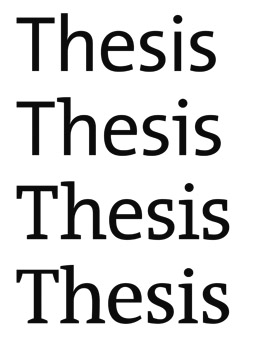Considering Types
There are a number of different approaches which a writer can take in his or her argument. Below is my consideration of the various arguments that might be suitable for my writing.
 |
| Rocket 000. "Graham's Hierarchy of Disagreement" 9/5/08 via Wikimedia Commons. Public Domain. |
- Position Argument:
- This would be a logical type of argument to write in due to the fact that a number of the articles which I have read about genetic engineering were in this style. It would be informative to my reader while giving them all the basics in understanding. I think this type of argument would also be very effective if I end up writing a formal article for my audience.
- Proposal Argument:
- I think this would be an interesting type of argument to use due to the fact that I could really figure out one of the problems in genetic engineering and then go from there in figuring out how it could be fixed through a proposal of cure. By "develop[ing] a proposal" I would really be able to connect with my readers about one specific part of genetic engineering and that problem in able to make them more likely to be in favor of genetic engineering.
- Refutation Argument:
- I think this might be an interesting type of argument about genetic engineering because I could specifically pinpoint one of the problems of genetic engineering such as how people think it is unethical and try to break that down. By providing a refutation to this notion I would be able to dispel this belief hopefully entirely and convince readers that they should not believe the process is unethical.
- Some of the types of arguments I don't think would be effective would be the casual argument and the evaluative argument. While these would be good types of arguments to use in other areas genetic engineering hasn't quite had a burst of successfulness yet and not many policies have been implemented about it so I don't think an evaluative argument would be appropriate. Additionally, the casual argument doesn't really fit genetic engineering because there has not been enough headway with genetic engineering yet to analyze problems it has created. That being said I think the above three specified possible approaches would be most effective in conveying to readers what I want them to understand.
Reflection:
I read Chris's "Considering Types" blog post in relation to his Rhetorical Action Plan. It was interesting to read his thoughts because we both were thinking about the refutation argument. While he did look at this type I think the evaluative argument would be very effective in conveying his ideas either through a video or a scientific option article. I also read Stef's blog post on "Considering Types" in terms of her Rhetorical Action Plan. I really envy the passion she has about her subject and I want to find that for my topic in order to make as effective of an argument. Our topics and type of rhetorical strategy are a little bit different but I think they both work well. After having read a few other rhetorical approaches I have realized that it is a very individual process of determining what approaches are appropriate for one's topic and I think that ones I have come up with speak well to my topic. That being said I plan to keep a open mind going forward in case I realize that another argument would be better suited for my topic.


















